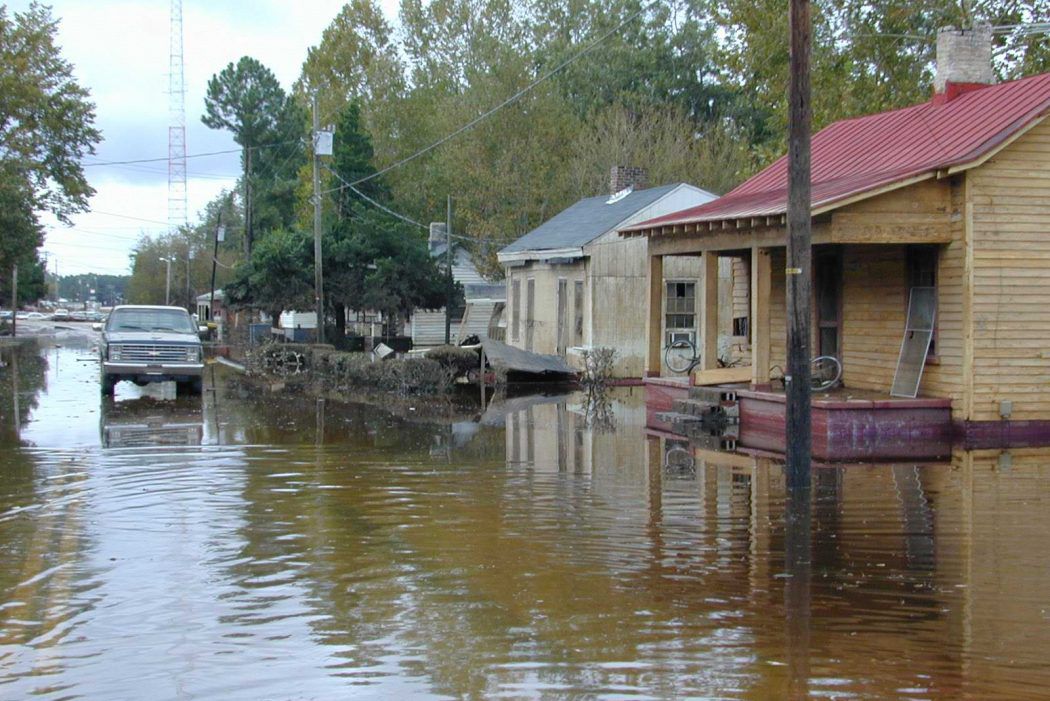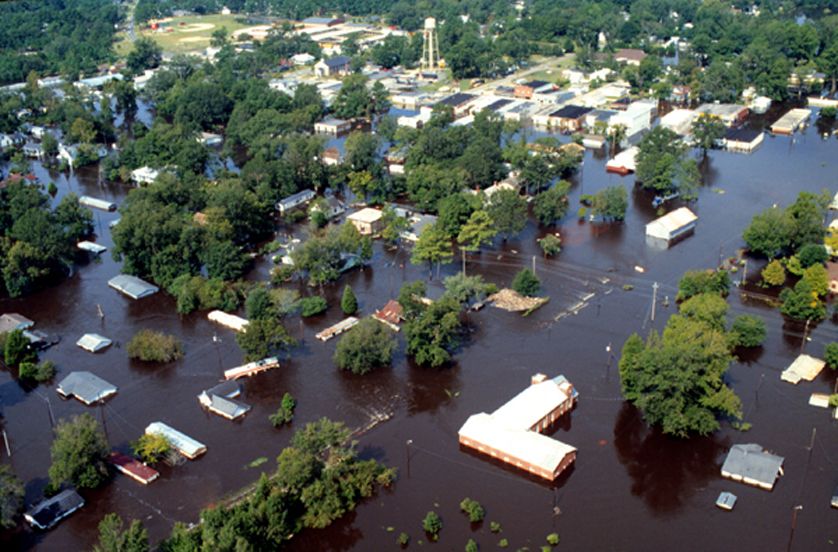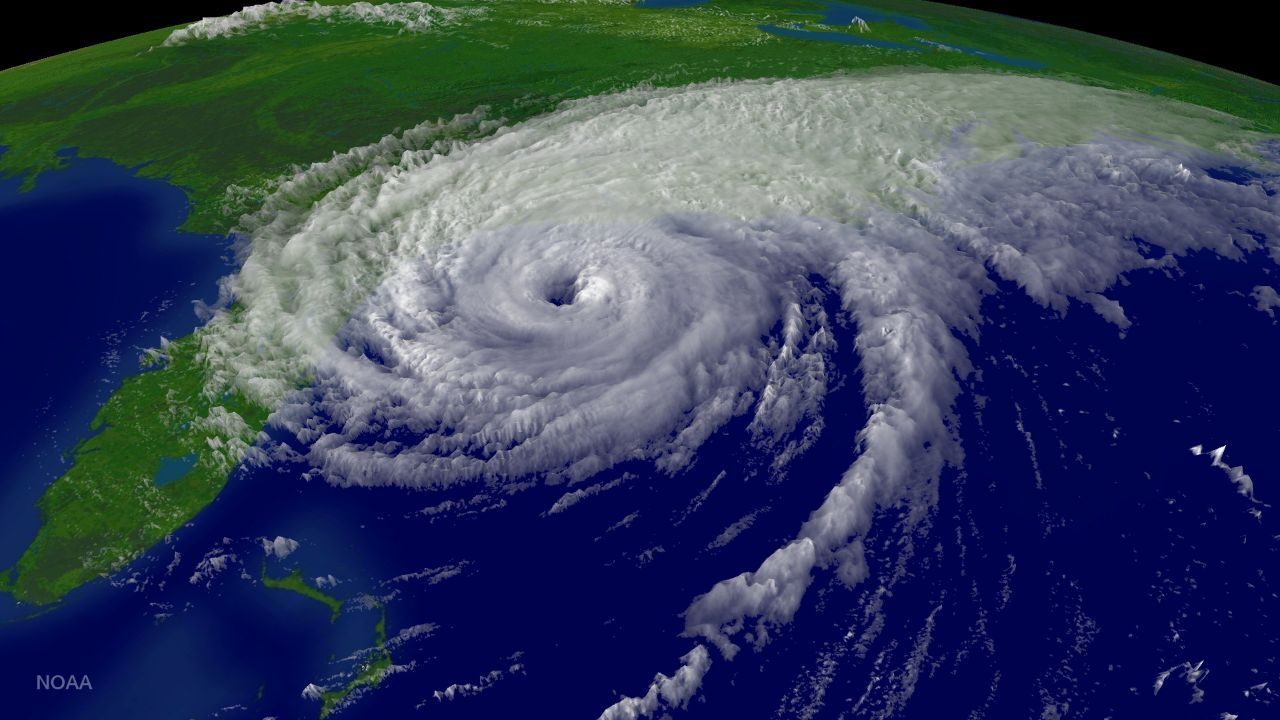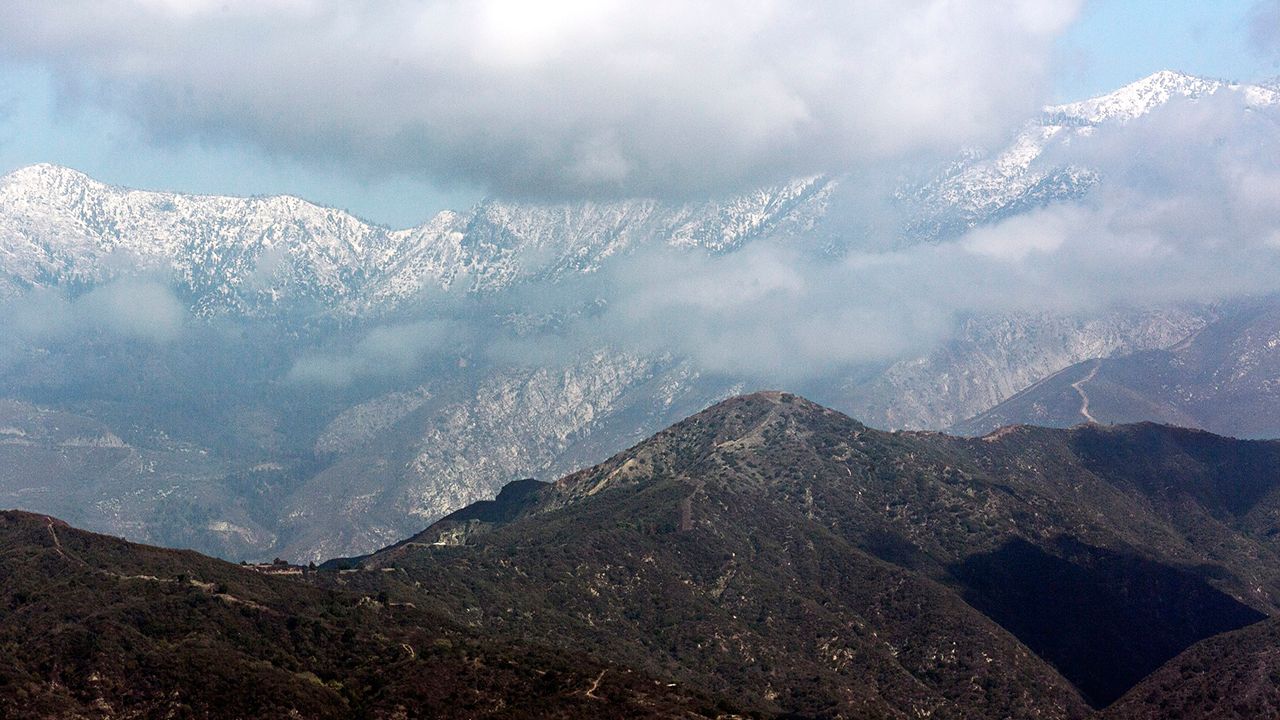Friday marks 23 years since Hurricane Floyd made landfall in North Carolina.
For many residents of eastern North Carolina at the time, it was one of the worst storms to hit the region, but not because of the wind. Floyd produced 10 to 20 inches of rain in some locations.
Just about a week before Floyd, Tropical Storm Dennis soaked much of the same area with around five to 10 inches of rain. Many rivers were already near flood stage before Floyd hit.
The extreme rainfall from Floyd then caused many rivers in eastern North Carolina to rise to historic levels. Nine record floods occurred on rivers in North Carolina and one in Virginia.

One of the hardest-hit locations was the small town of Princeville along the Tar River. A protective levee in the town broke in seven places, sending the water levels up to 30 feet in the town. Sealed caskets floated out of graves in the town's cemetery.
Hurricane Floyd killed 56 people with 48 of the deaths attributed to drownings in fresh water flooding. In North Carolina, an estimated 17,000 homes became uninhabitable due to the flooding.
Millions of livestock perished in Floyd's floodwaters. Nearly half of the state's soybean, peanut, cotton, sweet potato and tobacco crop was lost.
Flooding submerged sewage treatment plants, farms and cars. That led to the water becoming contaminated with animal waste, fertilizers, pesticides and gasoline.

Floyd was a Category 2 hurricane when it came inland at Cape Fear, N.C. with 105 mph winds. A storm surge up to 10 feet damaged or destroyed several homes at Oak Island and Topsail Island.
The storm also produced a number of tornadoes in eastern North Carolina.
Since Hurricane Floyd, North Carolina has experienced similar river flooding after Hurricane Matthew in 2016 and Hurricane Florence in 2018. Research studies by climate scientists suggest that our warming climate is leading to hurricanes that produce more extreme rainfall.
Our team of meteorologists dives deep into the science of weather and breaks down timely weather data and information. To view more weather and climate stories, check out our weather blogs section.








